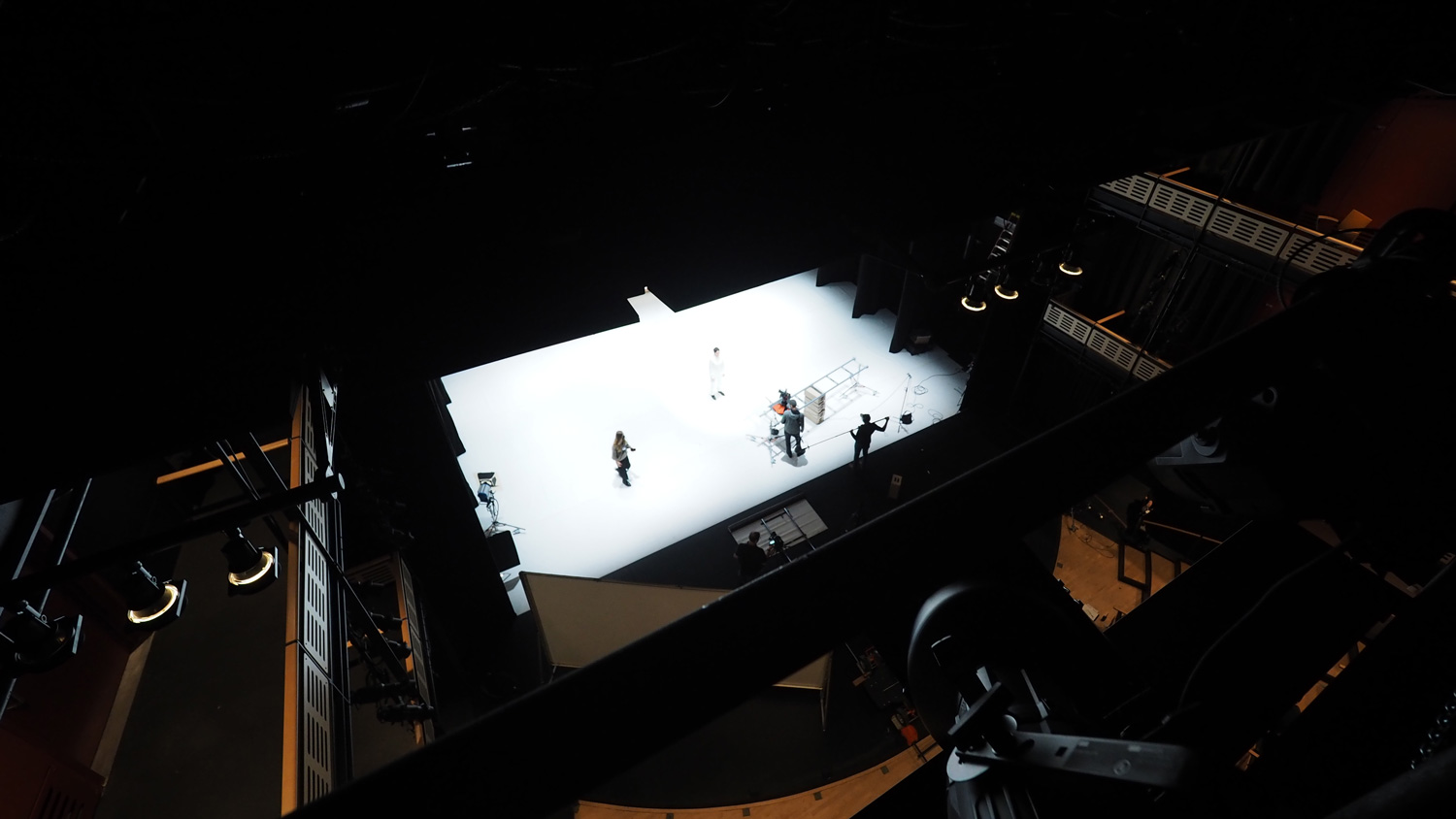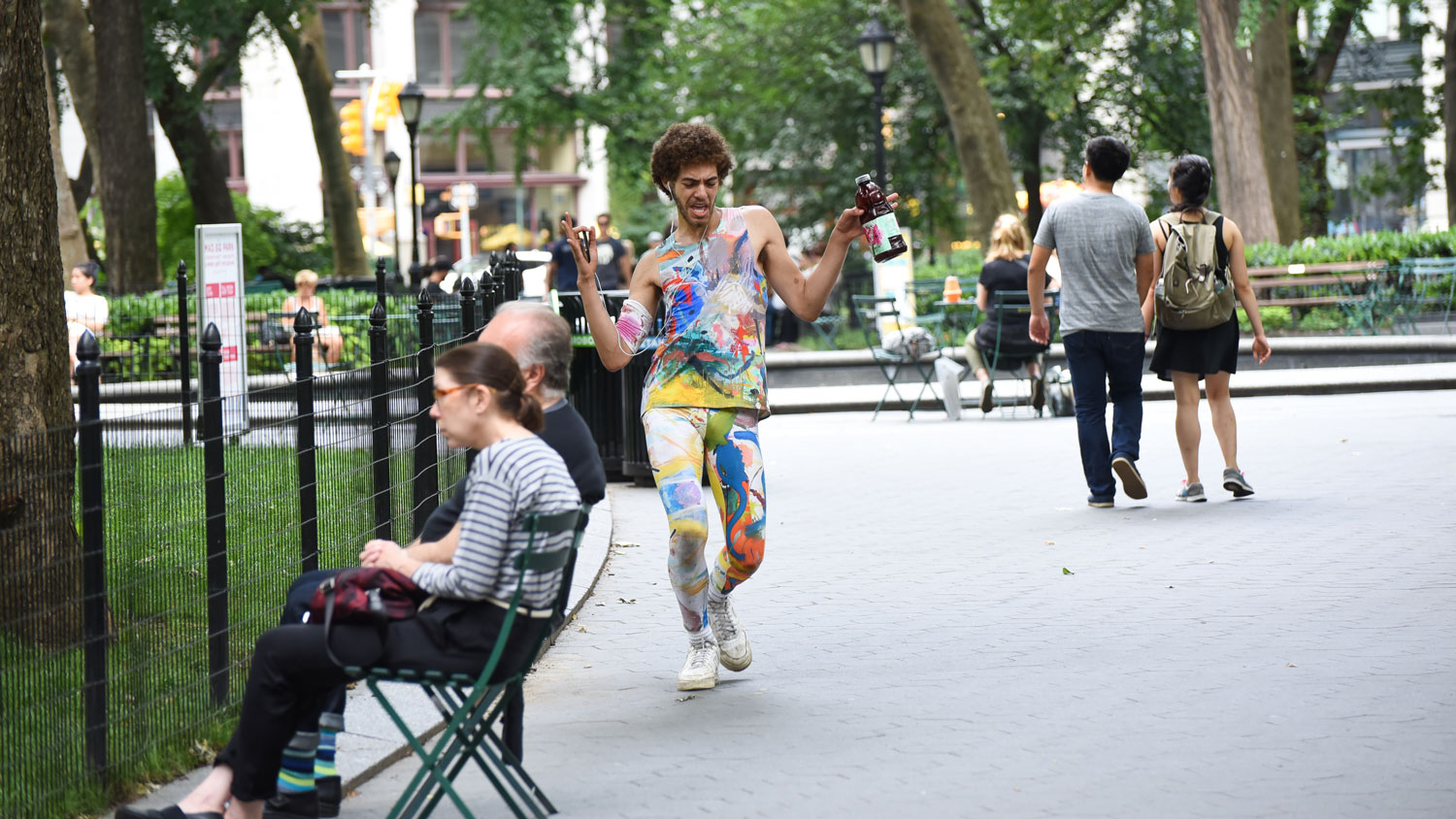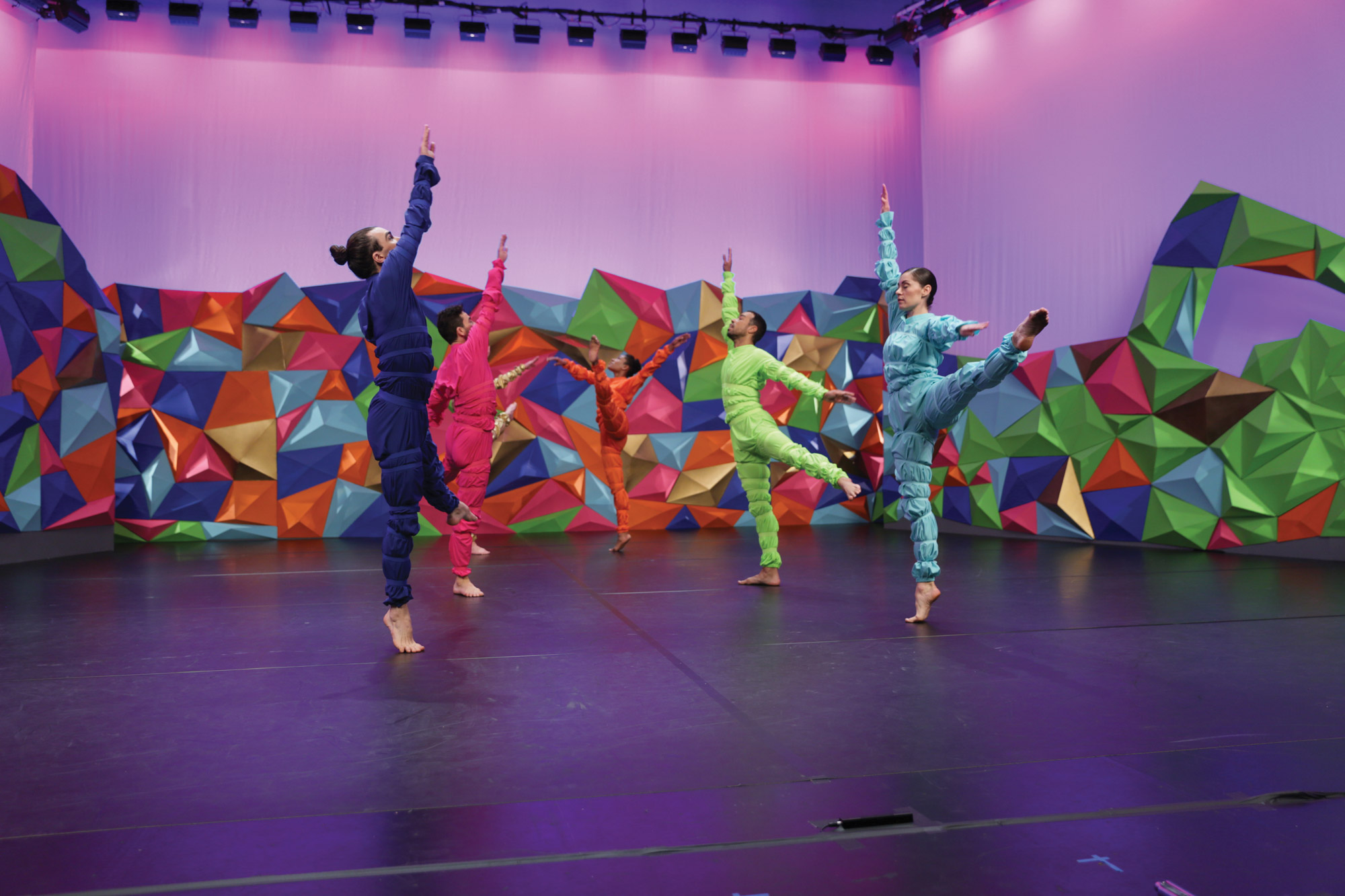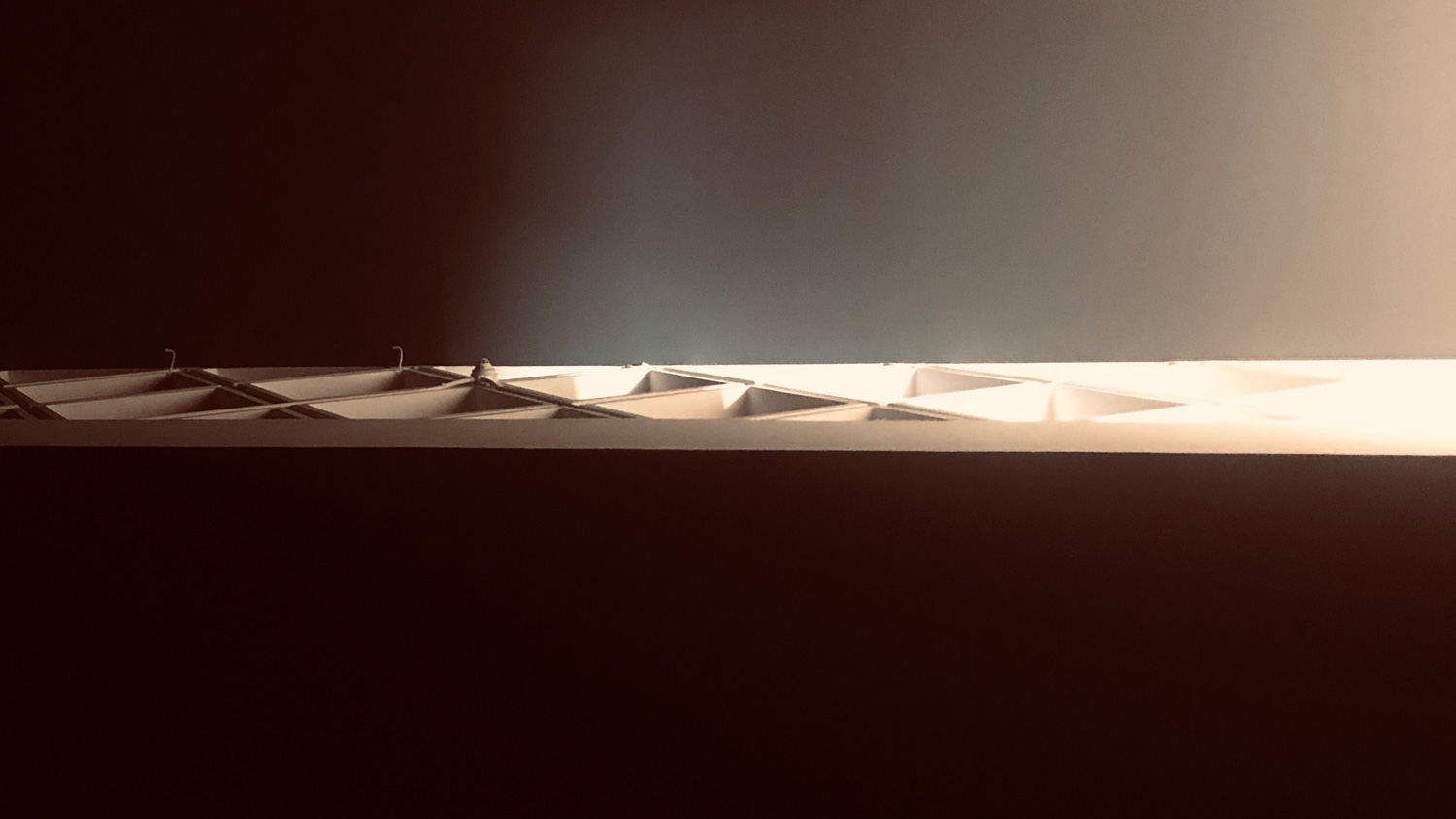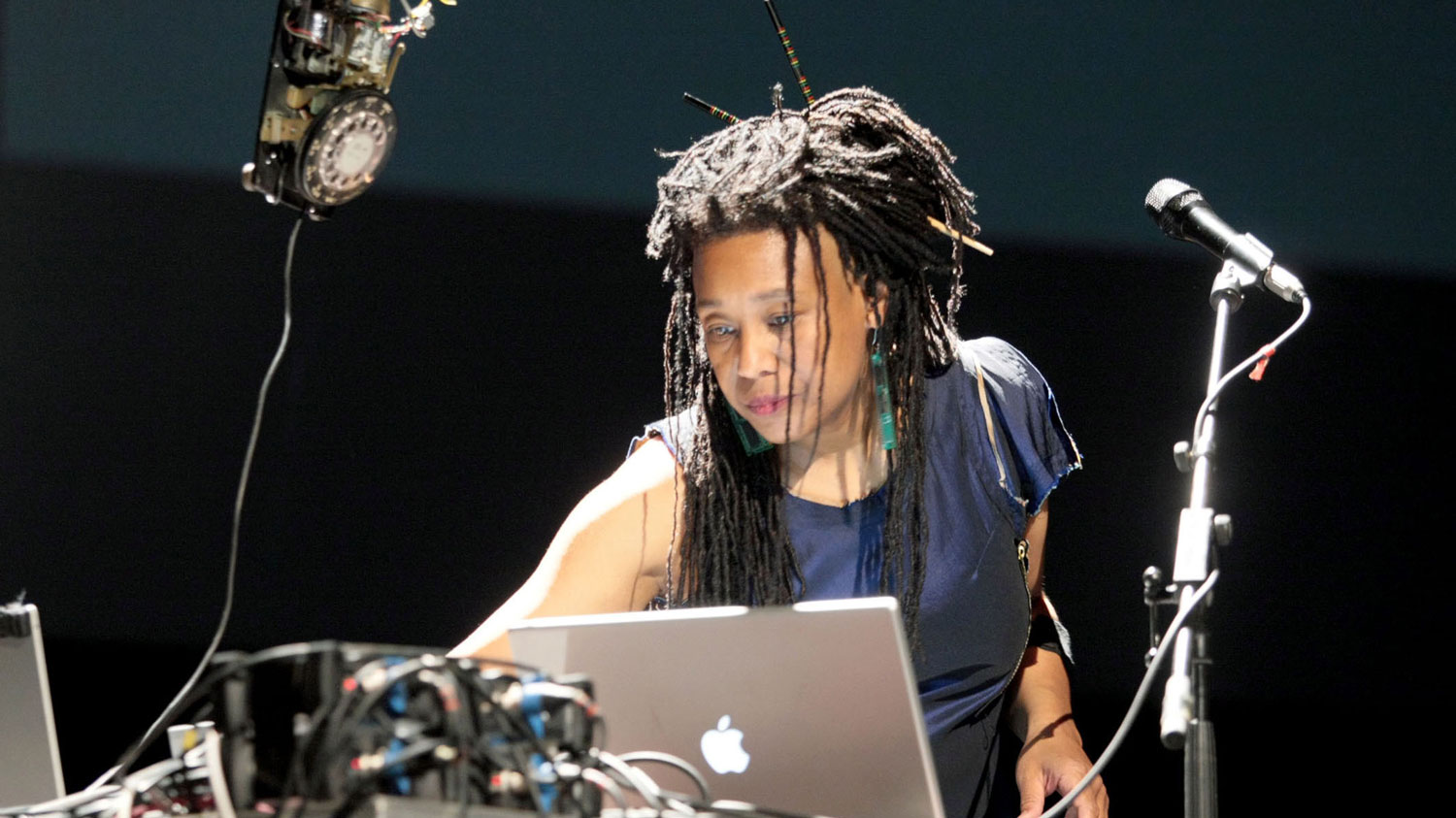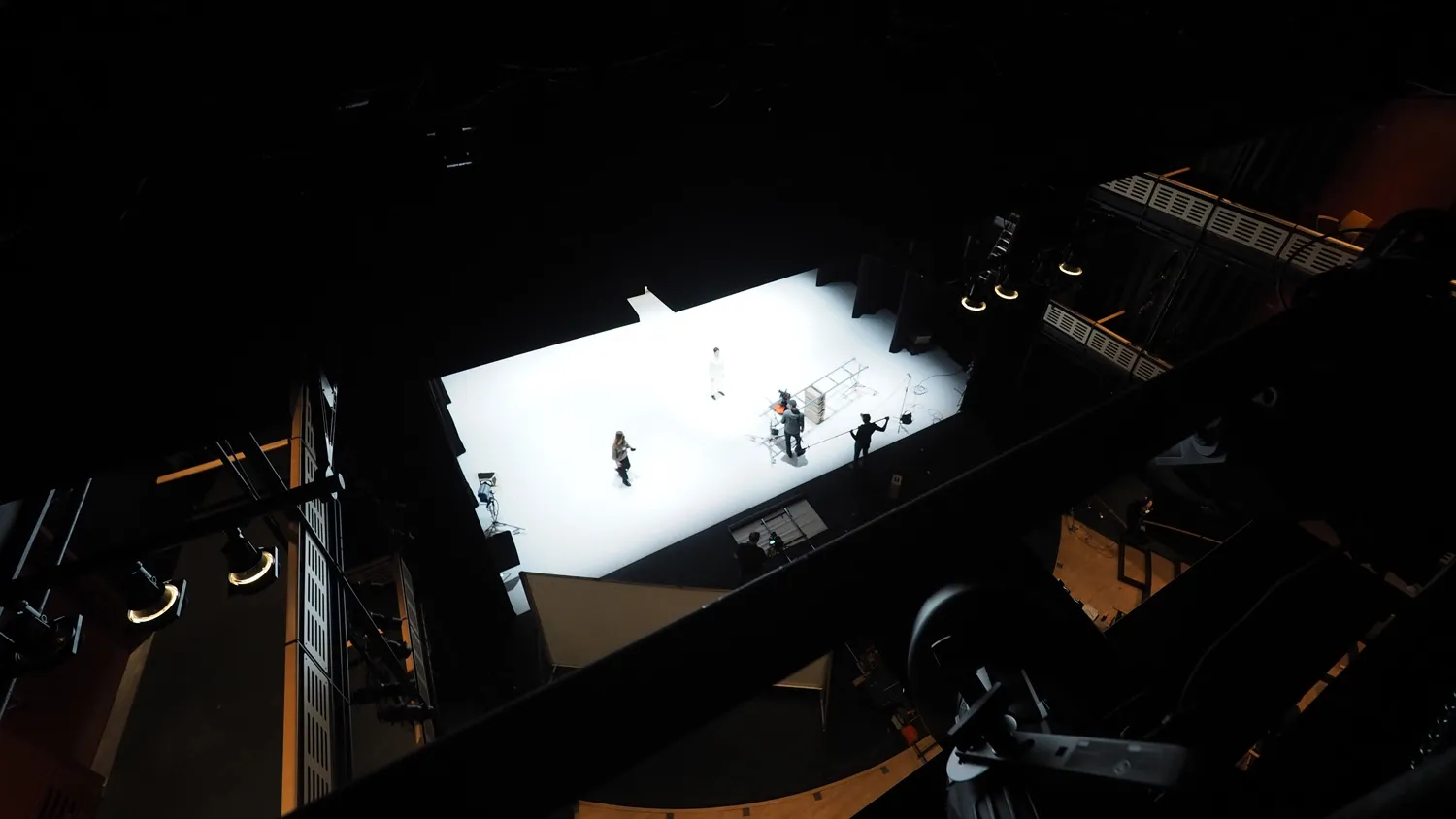
EMPAC giving artists support, time, space
What do artists need during this time to continue their creative process? For some, it’s simply financial support while they work at home. For others, it’s a 558-channel loudspeaker array that simulates real acoustical environments by placing virtual sound sources in actual space.
Either way, EMPAC has them covered, whether with funding or with access to its Wave Field Synthesis Array, the first of its kind. With in-person public performances still on hold, the center is focusing on its curatorial program, which supports artists to develop and realize complex projects over extended periods of time—either on-site or from a distance.
“Some artists feel thankful to have funding and support without the requirement of being here, and at the same time, the artists who are coming here are feeling a deep sense of relief to be in this place creating work,” said Ashley Ferro-Murray, EMPAC’s curator of theater and dance. “We are very conscious of the balance between wanting to support as many people as we can to do as much work as possible, while being safe for everyone and supporting them equally.”
As with most everything, however, residencies have been more complicated in the age of COVID.
“Plans have changed week to week and month to month with the changing regulations, and we’re all existing in that limbo together,” said Ferro-Murray. “These are multilayered productions, and we’ve had to think through many scenarios for each individual project.”
On-site artists—who must provide negative COVID tests and follow RPI’s mask and social-distancing protocols—can take advantage of the center’s four state-of-the-art performance spaces and its technical infrastructure. They also have full access to the expertise of the production staff, from video and audio engineers to carpenters and riggers.
“The fact that EMPAC was able to and interested in working with artists in this time is a huge gesture of support,” said Silas Riener, who is based in Delaware County and will be in residence on-site with collaborator Rashaun Mitchell later this fall. “These kinds of residences are part of the ecosystem all freelance artists have relied on to make work, and having this creative work be considered research is vital to how we might relate to art as a society and culture in the future.”
The pair was last at the center in 2017 for the creation of “Tesseract,” which combines live dance with film shot in stereoscopic 3D. During this visit, they will be tapping into their archive of footage to create a new work.
“We have all these oral histories we’ve done with the performers, all these writings and scores,” Mitchell said. “We’re in the process of figuring out how we might utilize these things, and EMPAC is a great place to come back and work on this with staff who have the film editing expertise and other technologies we need.”
Meanwhile, other artists are working at home toward future in-person performances, including Ni’Ja Whitson, whose “The Unarrival Experiments,” explores the relationships between astrophysics, cosmology, Blackness and trans identity. Still others are going the opposite way; theater maker Annie Saunders and the new music band Wild Up are currently at EMPAC creating an online iteration of their work “Rest,” which uses light and sound to explore sensory perception, hallucinations and the nature of consciousness. The work is tentatively set to be shown in December.
“EMPAC is particularly well situated to be addressing the current moment, because a lot of artists are asking questions about whether their work could go to an online platform, and we have the expertise to be supporting people to make those transitions and pivots,” Ferro-Murray said. “We have the long perspective of having worked in this medium, and we also know where to be skeptical of it and to ask questions of it. In a sense, our research has never been more needed than now.”
At the same time, she said, EMPAC is grappling with the question of how to serve the local community as well as the artist community. To that end, more talks, performances, and behind-the-scenes footage from the archives have been made available on the center’s website, along with online programming from current residents, both remote and on-site. Composer, performer and media artist Pamela Z, who creates work using her voice, live electronic processing, sampled sound and video, will share her process and product in a Zoom performance Thursday at 6 p.m. Musician Caroline Shaw and choreographer Vanessa Goodman will discuss their installation “Graveyards and Gardens,” in an Instagram Live event on Oct. 21 at 6 p.m. Details are available on EMPAC’s website.
Ultimately, as it has done in many areas, the pandemic has highlighted the ways in which the current system of arts funding is unsustainable, says Ferro-Murray. She consulted on the compilation earlier this year of Creating New Futures, a document outlining guidelines for ethics and equity in presenting dance and performance that was spearheaded by a group of artists (including former EMPAC residents) in response to the current times.
“This situation has only exacerbated what we’ve always known to be the case: that our field is built on a scarcity model that’s not sustainable, and that BIPOC, queer and disabled artists are disproportionately affected,” Ferro-Murray said. “I for one am hopeful that we will have more transparent systems and more flexible systems moving forward, so more people and more types of work can be supported.”
Tresca Weinstein is a frequent contributor to the Times Union.
Production still: Amanda Turner Pohan's Alexa Echoes, October 2020. Photo: Sara Griffith/EMPAC.
